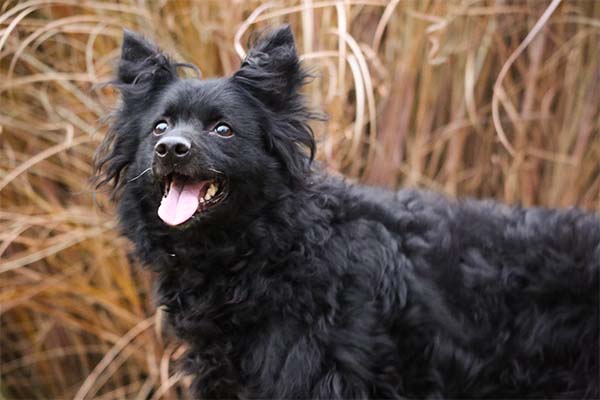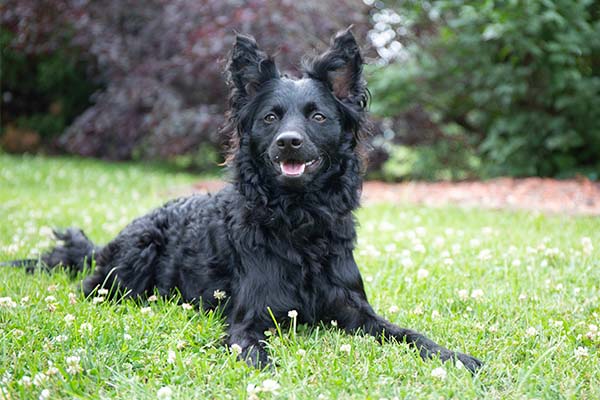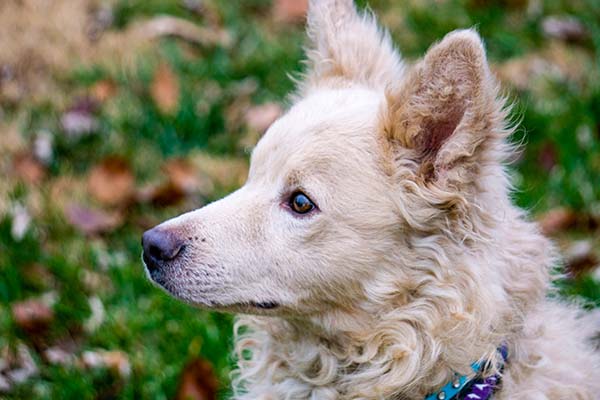The Mudi is a highly adaptable, clever, attentive, nimble, and all-purpose Hungarian farm dog. His bravery comes in handy when dealing with the most obstinate livestock. Without being unduly violent, the breed is a dedicated protector of property and family members.
The Mudi (pronounced “moodie”) is a medium-sized herding dog native to Hungary that has been there since the nineteenth century. The Mudi is thought to have originated organically through crosses of the Puli, Pumi, and German Spitz breeds. The Mudi is now regarded as an active, clever, and biddable working breed, despite its rarity. There are only a few thousand Mudi left in the world, with the most being in Hungary, followed by Finland, and then even fewer in Europe, the United States, and Canada. Mudis excel at agility, obedience, flyball, and other dog sports. He is a true working breed that excels at herding both cattle and sheep and has gained notoriety as a search and rescue dog in both.






 Health
Health Grooming
Grooming Exercise
Exercise Training
Training Nutrition
Nutrition